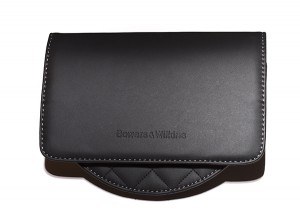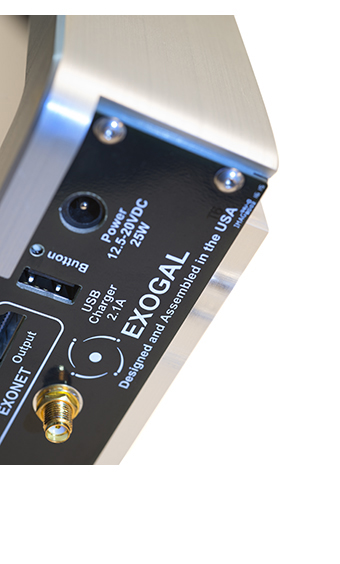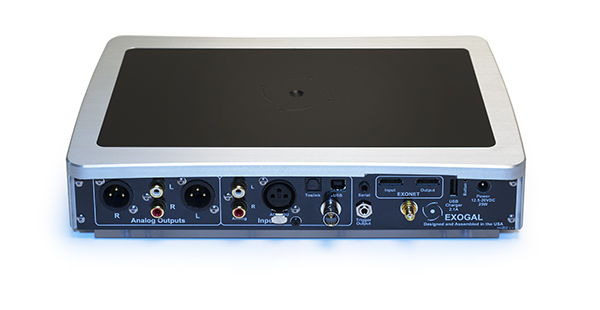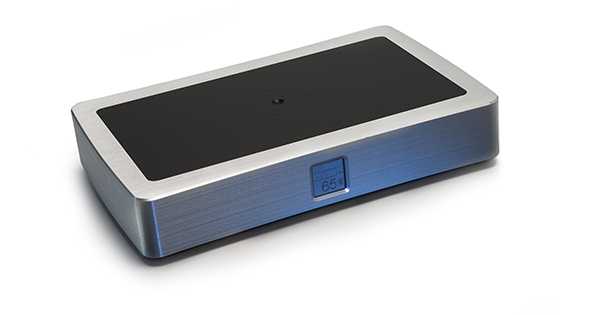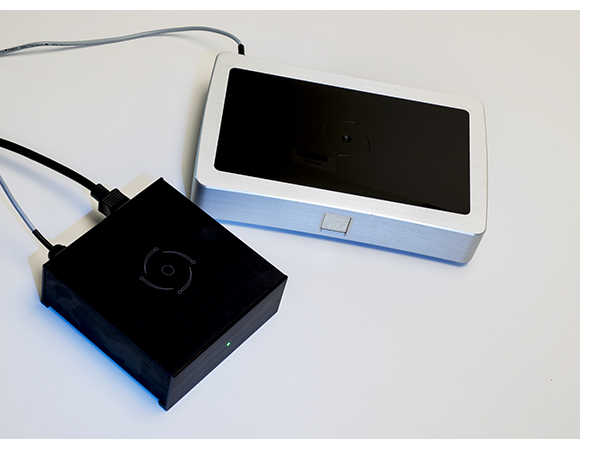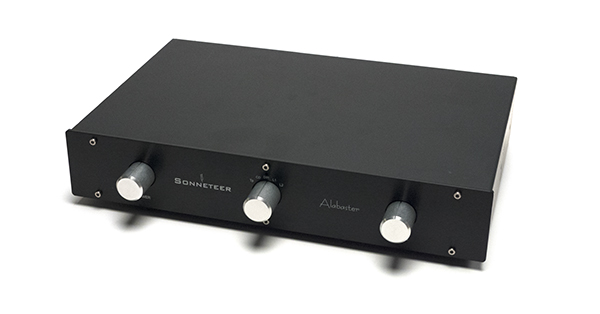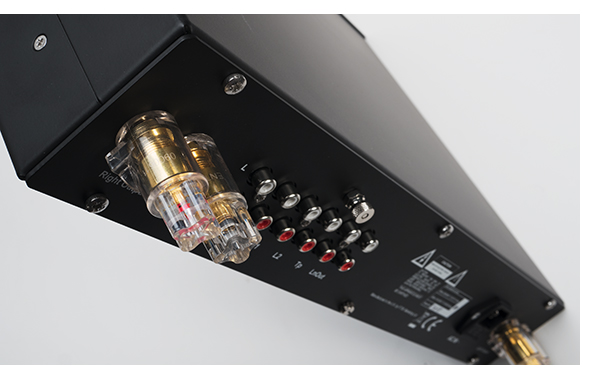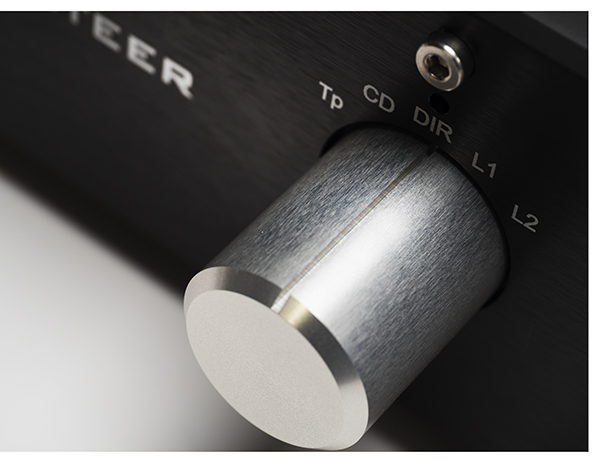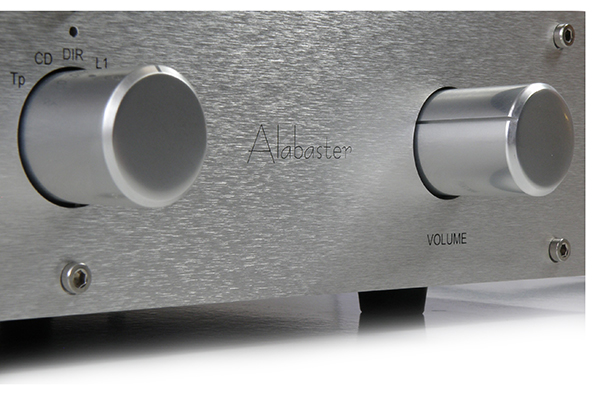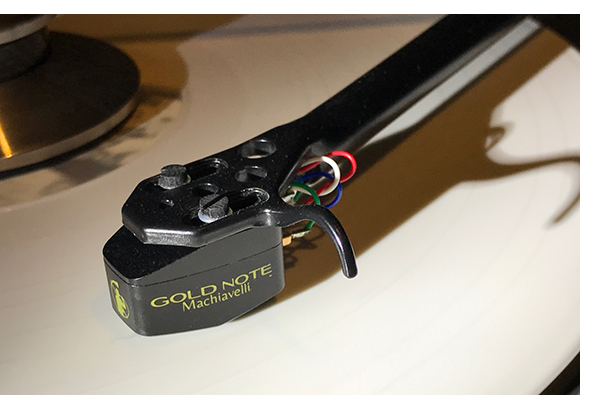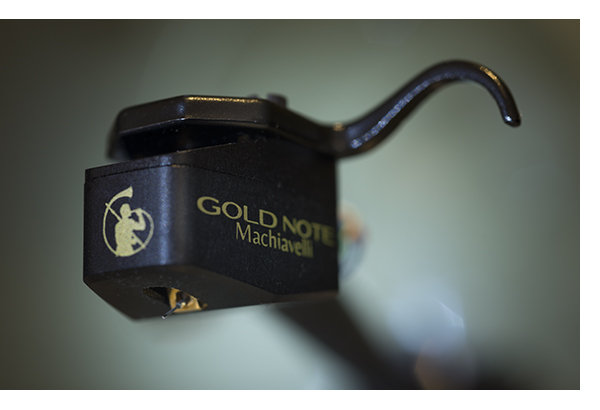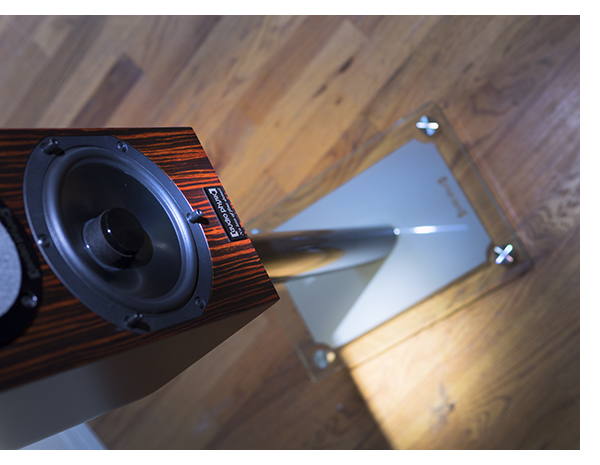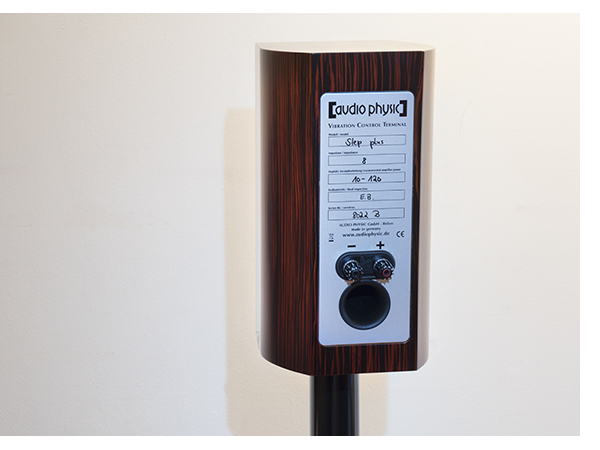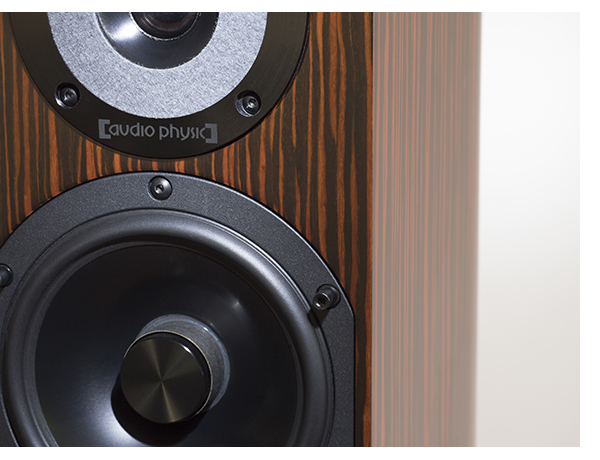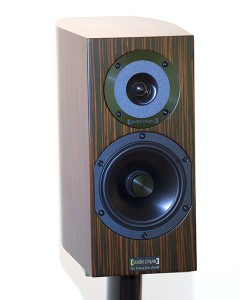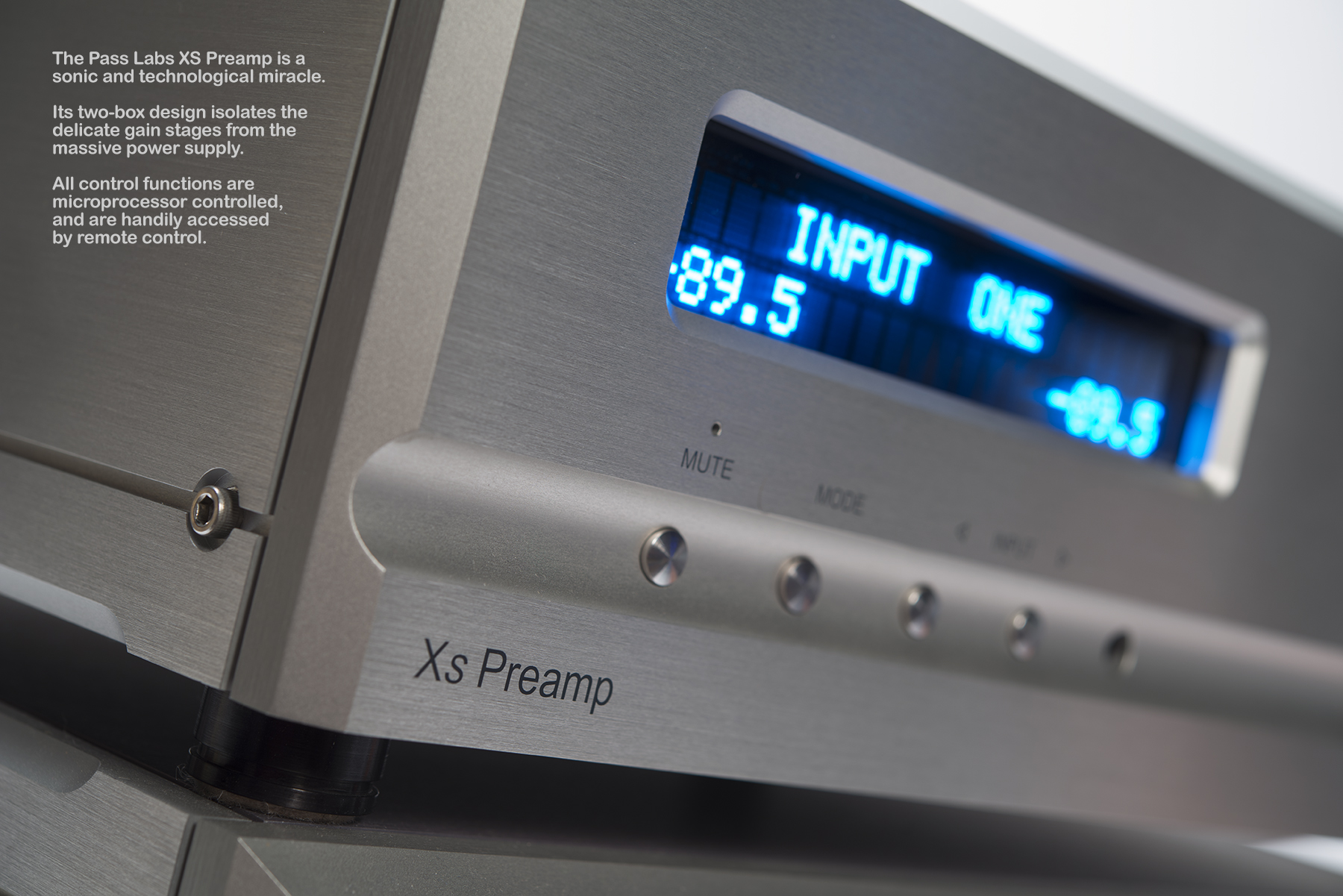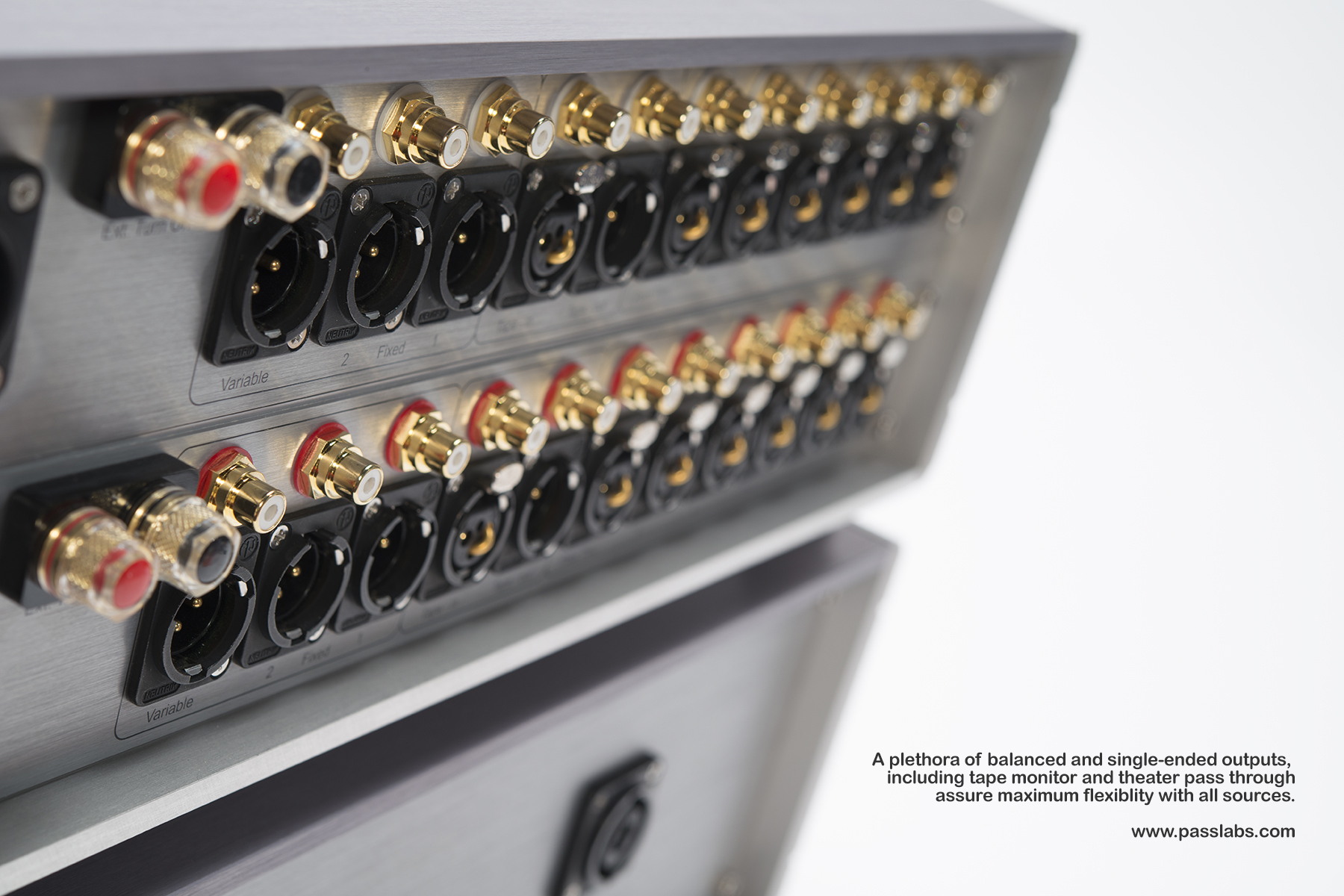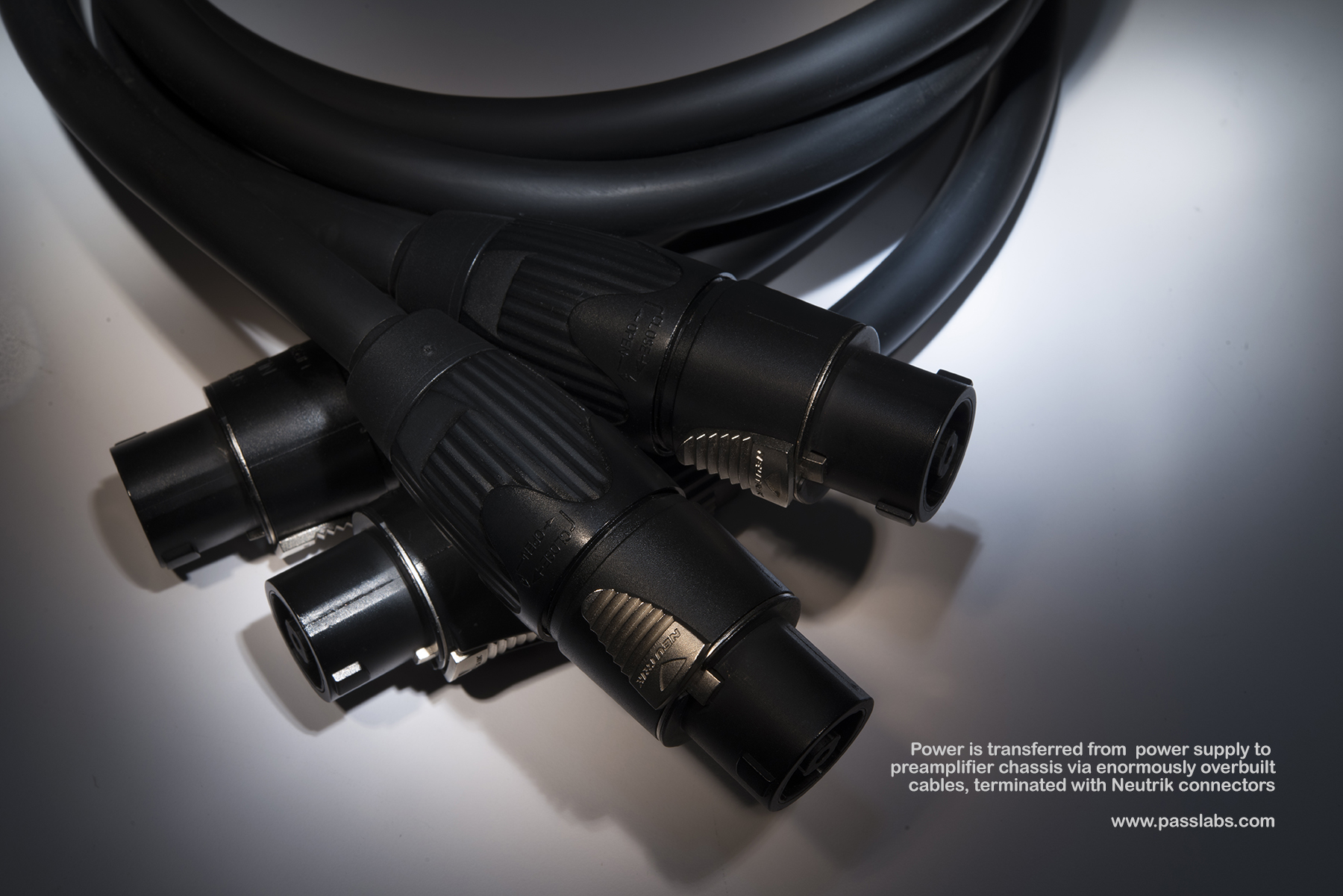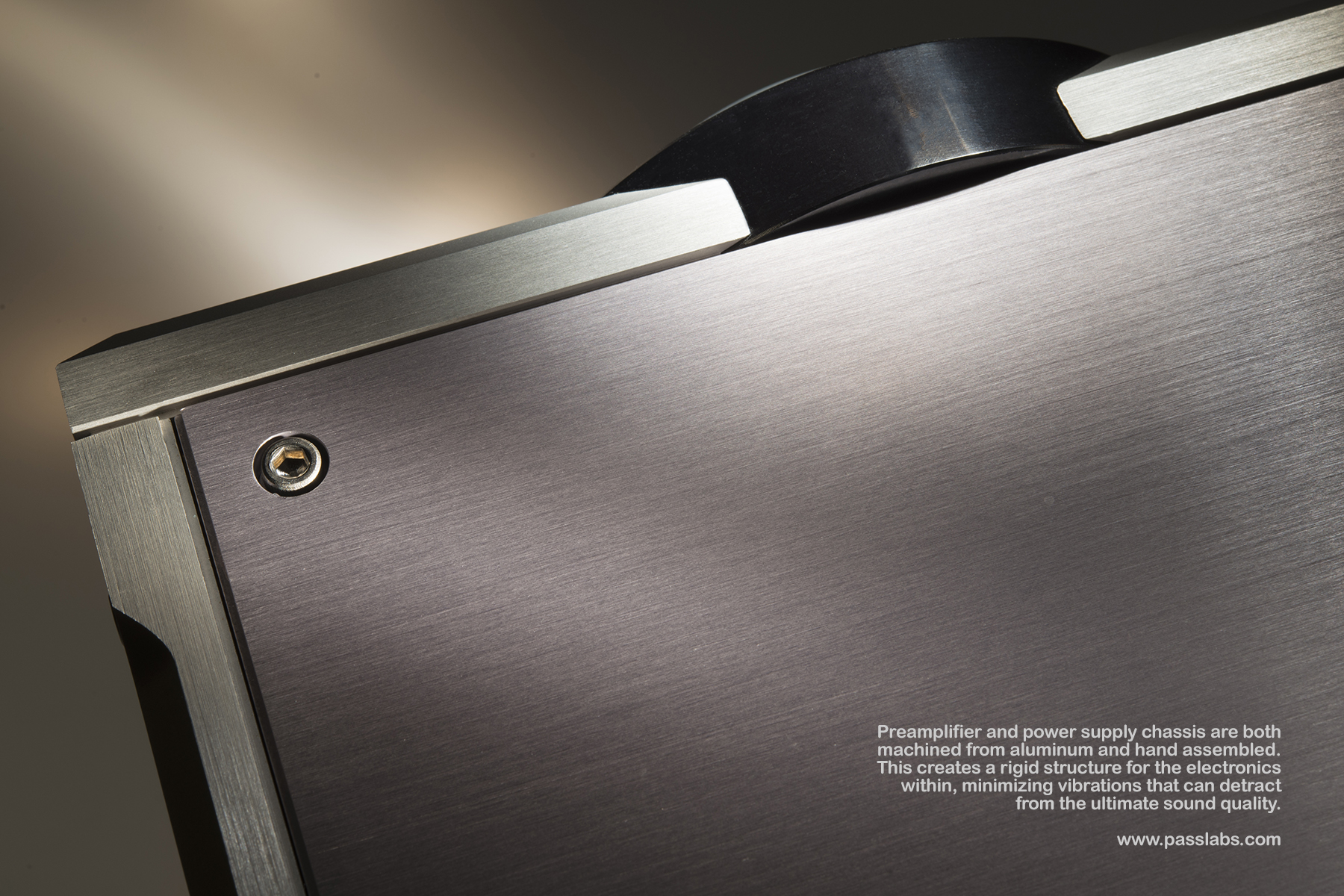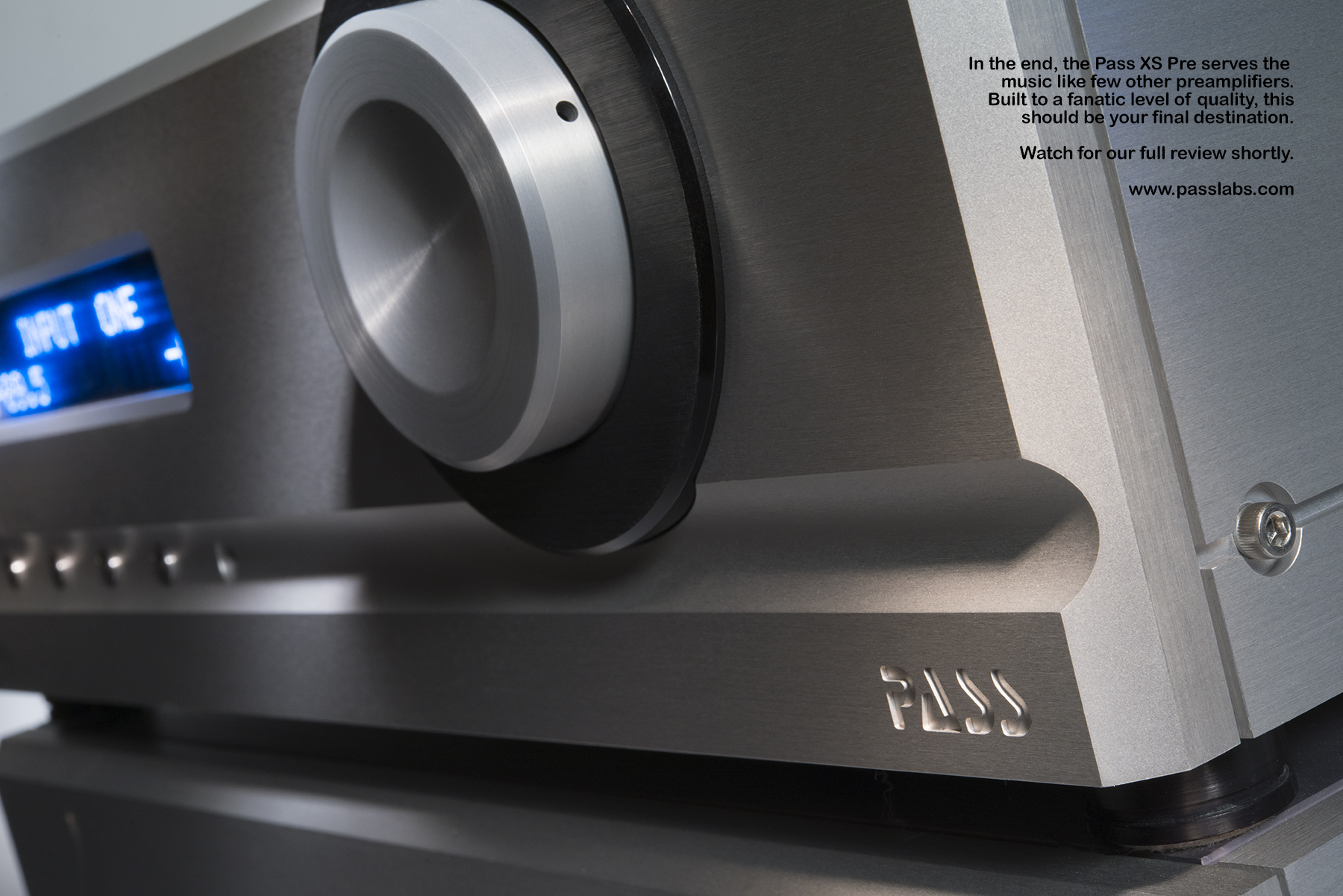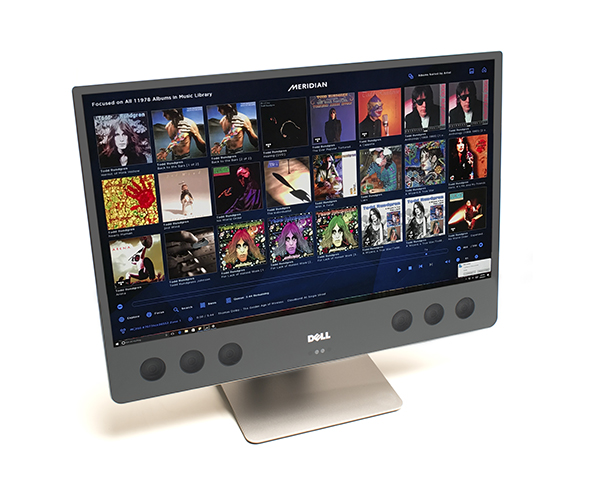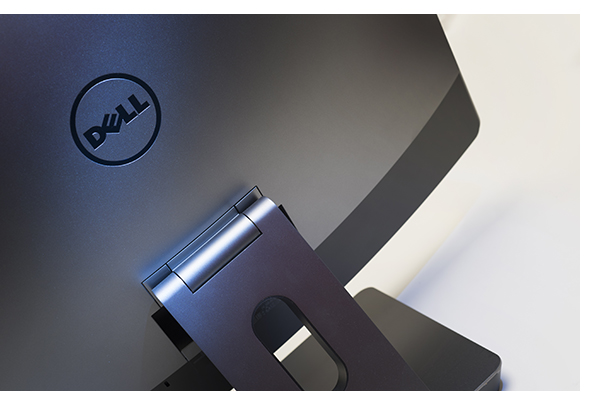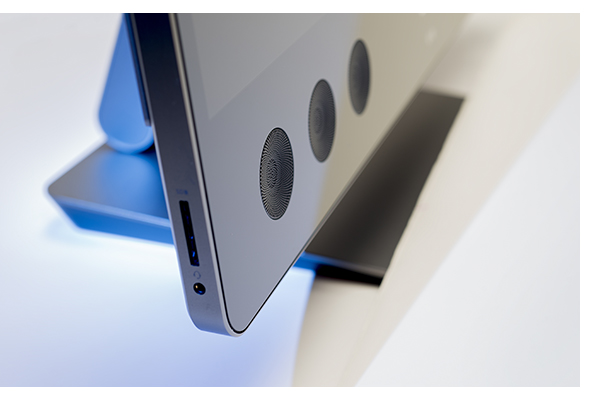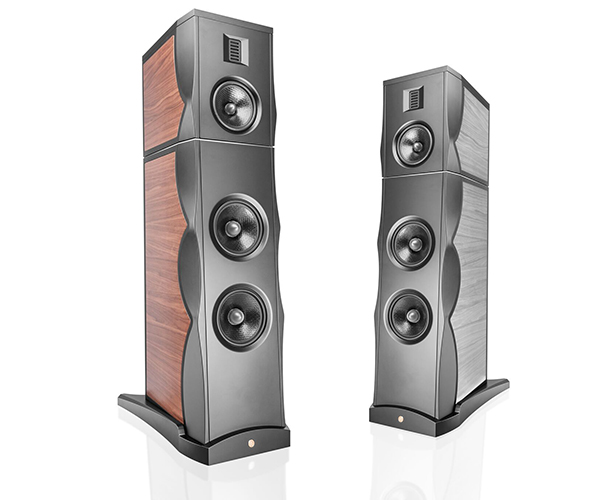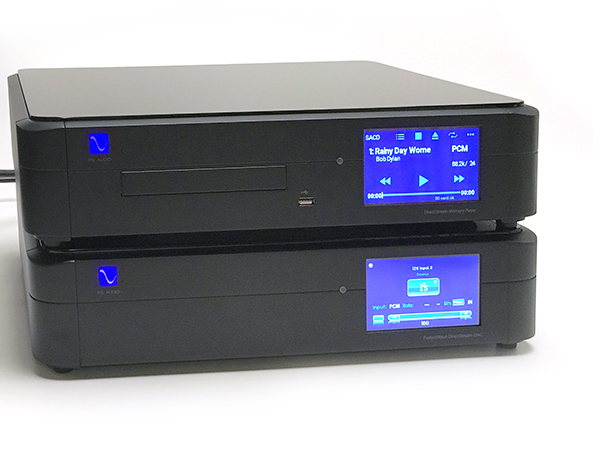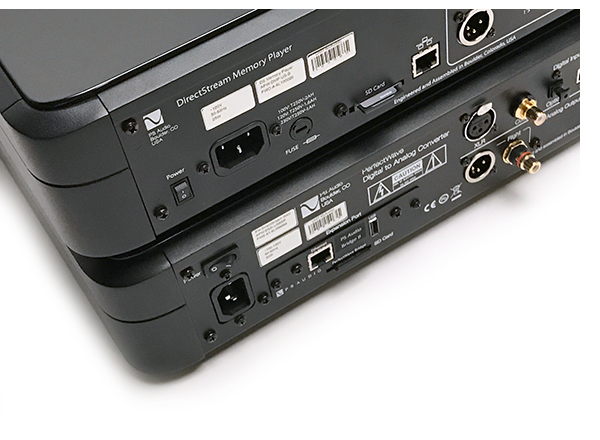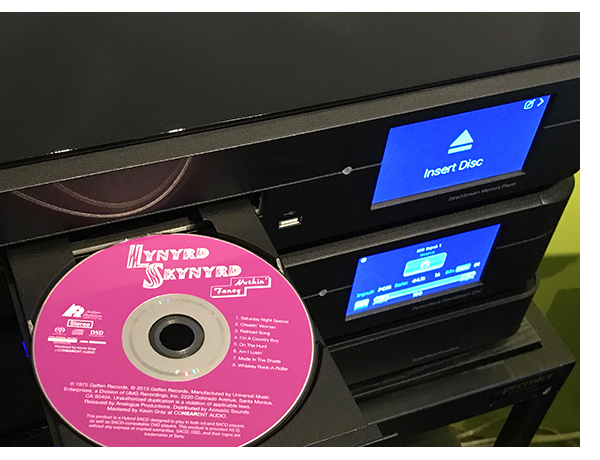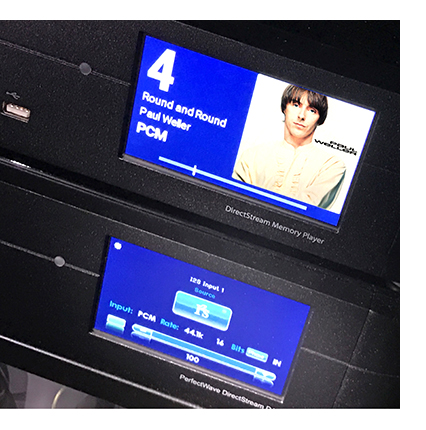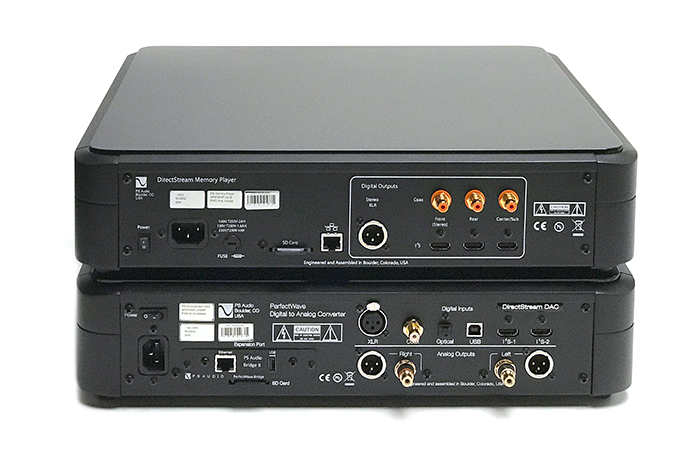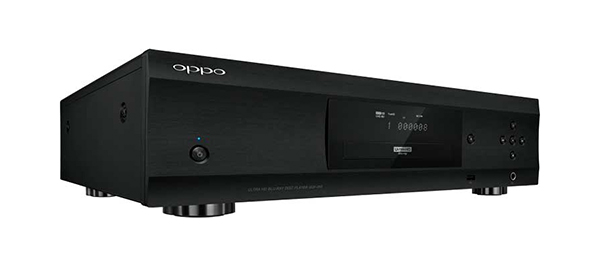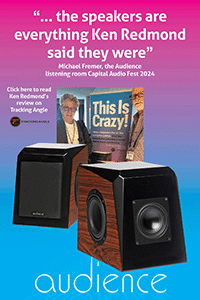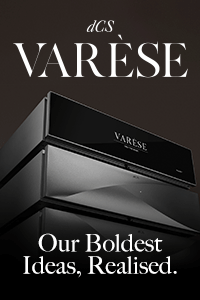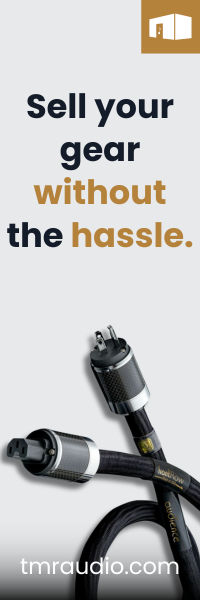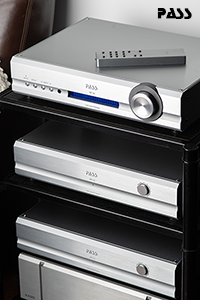 I may not be as handsome as the dude in the opening photo, but I really love these headphones. You can get all purist about bluetooth, but I say shut up – being released from a headphone cable is awesome.
I may not be as handsome as the dude in the opening photo, but I really love these headphones. You can get all purist about bluetooth, but I say shut up – being released from a headphone cable is awesome.
I have a busy schedule and a messy desk; fiddling around to try and plug headphones into my Mac is a royal pain in the…. I never realized the reason I always bristled at headphone listening sessions was the cable. This isn’t going to make all the aftermarket cable manufacturers happy, but not having to deal with that thing swinging around is wonderful.
There were plenty of reasons to be a big fan of the P7 when it hit the market a while back; great sound, excellent build quality and great support. I’ve visited the Bowers & Wilkins factory a few times and know the level of dedication their workforce has to quality control. When you buy a B&W product, you know it’s good.
The proof’s in the listening
The opening bass line in Little Villiage’s “Inside Job” is weighty and spacious, and as John Hiatt’s signature lead vocal eases into the presentation, it’s amazing to see just how far bluetooth delivery has come in a short time. You’d never guess these weren’t cabled phones.
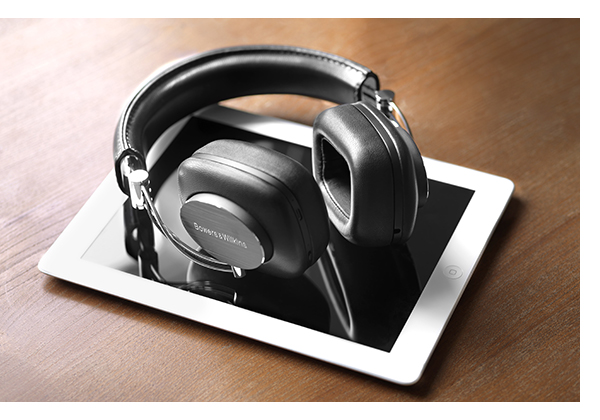 Regardless of the source you choose, the P7s are top performers, but It’s worth mentioning that the P7s sound clearer, cleaner and more crisp via PC than Mac. Yep, that’s a little hard for this Mac fanboy to admit, but streaming TIDAL through the new Dell XPS 27 is a wonderful combination. Opposite of years past, pairing the P7s was easier on the Dell too.
Regardless of the source you choose, the P7s are top performers, but It’s worth mentioning that the P7s sound clearer, cleaner and more crisp via PC than Mac. Yep, that’s a little hard for this Mac fanboy to admit, but streaming TIDAL through the new Dell XPS 27 is a wonderful combination. Opposite of years past, pairing the P7s was easier on the Dell too.
For not being a noise cancelling design, the P7s do an excellent job at sealing out the environment once installed on your head. They do feel a bit bulky in your hand, but the balance is so good, that even after hours of listening, there is no listener fatigue due to fit. Taking the P7s on a recent flight, thanks to their fold up design made them an easy travel partner. With 17 hours of battery life, you should be able to fly anywhere without running out of sound. However, should you forget to charge your P7s before a long expedition, just keep the cable packed in that cool carrying case handy for moments like these. In case you’re wondering, the P7s will go about 30-50 feet away from the device you have them paired with, and of course, the less cluttered the path, the better your results will be.
The P7s have a smooth, linear tonal balance, lending themselves to anything you might have in your music collection. Where the recent 802Ds we reviewed are highly resolving and even slightly forward in their presentation (more like sitting in the first five rows of the venue) the P7s push it back about five more rows. Not laid back, any stretch, but very natural. No part of the tonal spectrum is over emphasized, and for this listener that’s a great thing. The P7s are one of the easiest sets of phones to listen to I’ve heard in a long time. According to B&Ws engineers, the driver in the new P7 Wireless is completely redesigned from the previous model.
Fashionistas will appreciate the clean, uncluttered look of the P7s and who doesn’t like black? Right? The storage case is gorgeous and looks like something you’d find on the shelf at the Coach store. While packaging isn’t everything, this attention to detail is what makes you feel good about purchasing a B&W product. The P7s are tastefully designed, sturdily built and beautifully packaged. Everyone in my orbit that googled the P7s guessed $1,000 when I pulled out that cool, quilted case. Nope. $399. The B&W P7s are the killer audio bargain of the year.
Nerds will appreciate how easy these phones are to use. The human engineering of the P7s is fantastic – they are very intuitive. Once paired to your device, and adjusted to your head, the only thing left to address is volume level, set from the right ear cup. Volume can not be adjusted this way when the phones are used in wired operation. To power up or down, merely slide the power button and hold for a couple seconds. The power LED lights up (green means you have more than 20% charge) and should you forget to turn them off, the P7s will shutdown automatically after 10 min. Once powered back up, they automatically find the primary device you have paired them with. For those with an electronically dense household, up to 8 additional, “secondary” devices can be paired with the P7s.
Music lovers will just dig the sound and call it a day.
Love em!
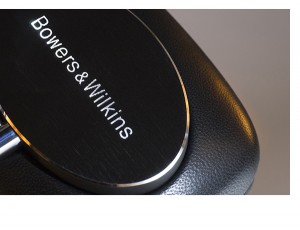 Considering the modest up-charge (from $349 for standard cabled P7s) for having your P7s un-tethered, is the easiest $49 you’ll ever spend in the pursuit of musical enjoyment. And you can still use them with the supplied cables if you want to. The mix of superior sound quality provided by the P7 Wireless phones, combined with fanatic detail in implementation, right down to the carrying case, more than qualifies them for one of our Exceptional Value Awards for 2017.
Considering the modest up-charge (from $349 for standard cabled P7s) for having your P7s un-tethered, is the easiest $49 you’ll ever spend in the pursuit of musical enjoyment. And you can still use them with the supplied cables if you want to. The mix of superior sound quality provided by the P7 Wireless phones, combined with fanatic detail in implementation, right down to the carrying case, more than qualifies them for one of our Exceptional Value Awards for 2017.
Jay Leno once said that there are two types of car people, “wrench turners and check writers.” I’ve often felt that there are two types of headphone listeners, “headphone collectors and music lovers.” If you’re one of the former, you’ll have to have a pair of P7s just because, but if you just love your music, and want to take it everywhere without being bothered by a pair of headphone cables (and for my money, we have way too many damn cables as it is) you can live happily ever after with a pair of P7s.
You only face one problem with owning a pair of P7s; unless you live in solitude, whoever you co-habitate with will either want yours or steal yours. Just plan on buying two pairs.
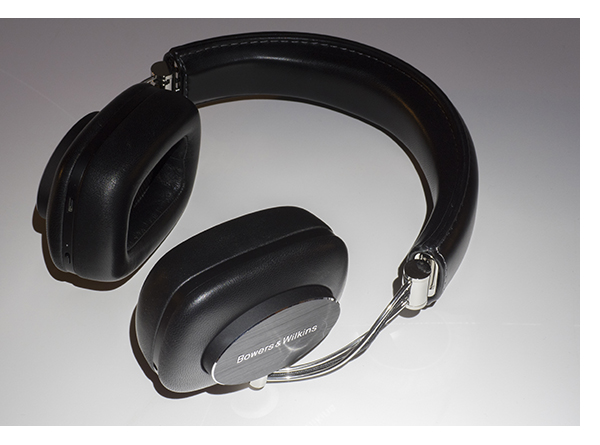 The Bowers & Wilkins P7 Wireless Phones, $399
The Bowers & Wilkins P7 Wireless Phones, $399
www.bowersandwilkins.com. (factory site)




